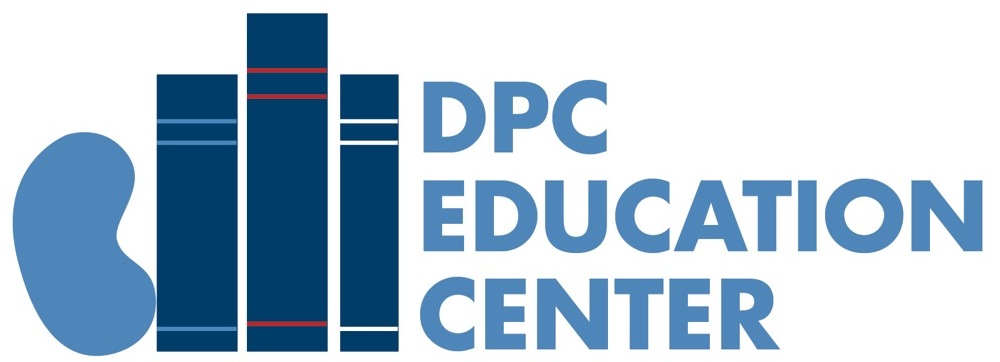Kidneys function by filtering toxins and liquids from your blood, which are then disposed of through urine. If the kidneys fail, dialysis treatment can take their place. Dialysis is when a machine does the kidney’s job of filtering the blood in order to keep the person alive. Peritoneal dialysis is a type of home therapy treatment.
Peritoneal dialysis (PD) utilizes your peritoneum, a membrane lining your abdominal cavity, as a filter to remove wastes from your body. This type of dialysis requires a care partner to help with the process. There are two ways to perform peritoneal dialysis, Continuous-Cycler Assisted Peritoneal Dialysis (CCPD) and Continuous Ambulatory Peritoneal Dialysis (CAPD), which are outlined below.
Peritoneal dialysis (PD) utilizes your peritoneum, a membrane lining your abdominal cavity, as a filter to remove wastes from your body. This type of dialysis requires a care partner to help with the process. There are two ways to perform peritoneal dialysis, Continuous-Cycler Assisted Peritoneal Dialysis (CCPD) and Continuous Ambulatory Peritoneal Dialysis (CAPD), which are outlined below.
- Continuous cycling peritoneal dialysis (CCPD) is a method of performing peritoneal dialysis exchanges using a machine called a cycler during your sleeping hours. Generally, three to five exchanges are done each night. There is an option to drain directly to your toilet or a drain or into drain bags that you would empty when you wake up in the morning. This program frees up your daytime hours. Each nightly session lasts at least eight to ten hours. Some programs leave you with a set amount of dialysate at the end of your treatment that will dwell during the day.
- Continuous ambulatory peritoneal dialysis (CAPD) is a method of performing peritoneal dialysis exchanges using gravity to drain and fill your peritoneal membrane with solutions four times each day, spaced evenly throughout the day. It usually takes about 30 minutes to complete an exchange. The exchanges can be done in a clean environment and you are free to be active during each dwell.
This class provides more information on PD. To navigate the class, use the left and right arrows at the bottom of the page or the blue boxes to the left to jump around the sections. At the end of the class you will have options to view other related classes.



